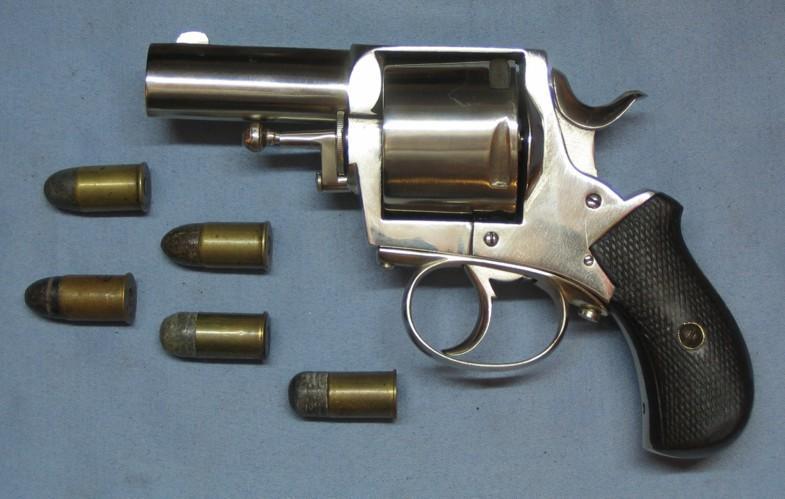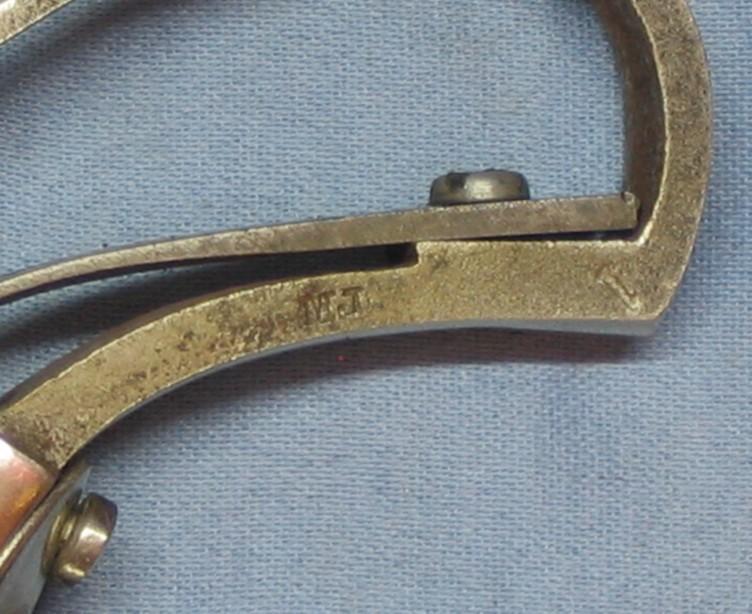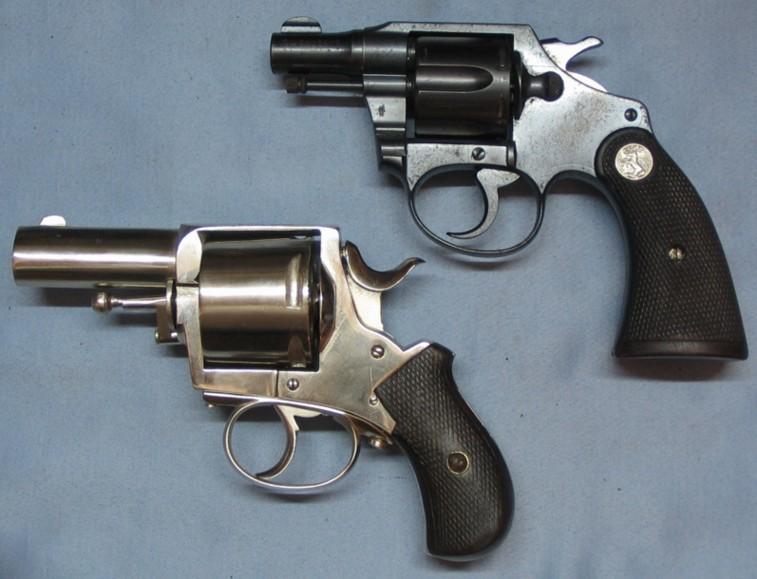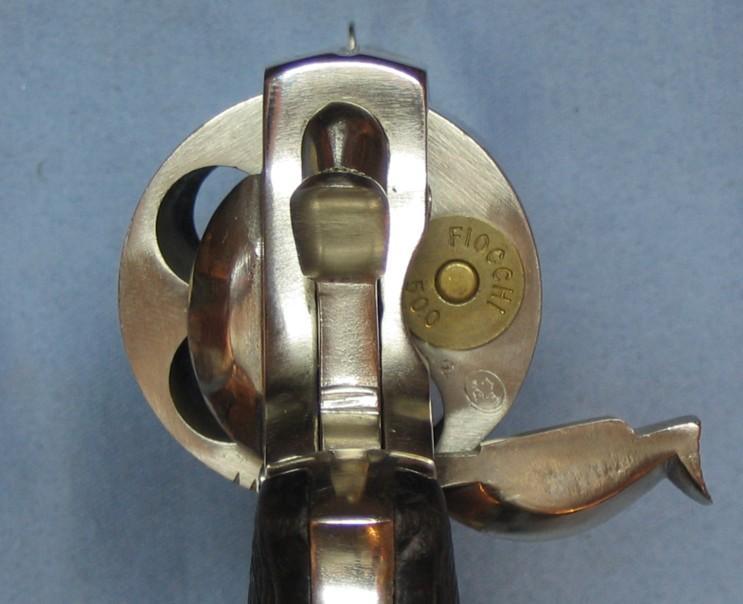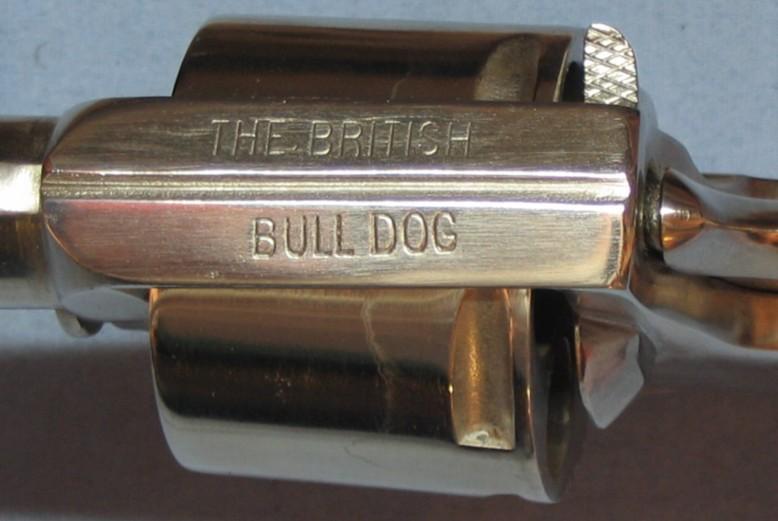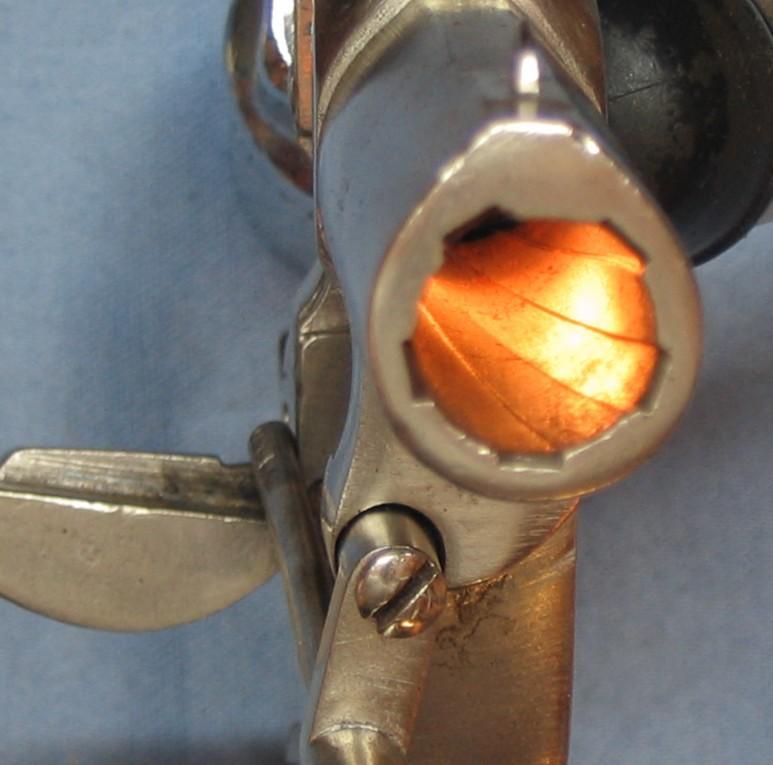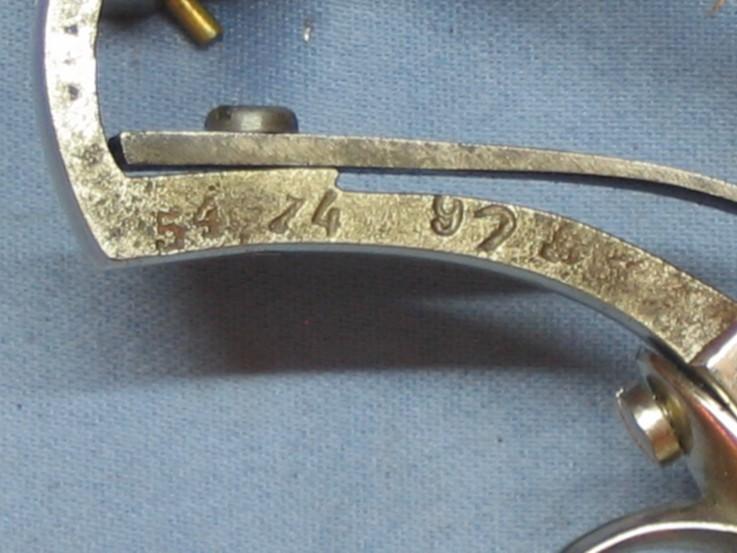Some of the most beautiful work of this craftsman, and many others, are in this book “Liège Gunmakers through their Work. 1800 - 1950”.
For more detail see: LIEGE GUNMAKERS
MUSSEN-LALLEMAND Jacques
It is a
classic Liège copy of the British Bull Dog N°2 revolver introduced by the
Englishman Webley of Birmingham in 1873-1875. On the website you can find a lot
of information about these BullDogs, for example: (unfortunately only in
French!)
http://www.littlegun.info/arme%20britannique/webley/a%20a%20webley%20bull%20dogs%20fr.htm
http://littlegun.be/technique/a%20technique%20glossaire%20british%20bull%20dogs%20fr.htm
This
revolver is in good condition and its workmanship seems to be of good quality.
The owner indicates that the gun tolerates SW 38 caliber cartridges, so we can
deduce that the caliber of the revolver is the European 380 (with black powder,
of course, as the owner assumes). We will therefore prefer the name “Puppy” to
that of Bull Dog. The metal shows a nice patina, the handle is equipped with
rather worn wooden pads and presents a well marked search. Most likely made at
the very end of the 19th century.
The
revolver does not give a precise indication of its manufacturer. A team member
(HPH) suggested a production by
J. MUSSEN LALLEMAND, due to the analogy of the marking “The British BullDog” with other
weapons previously identified, see:
https://littlegun.be/arme%20belge/artisans%20identifies%20m/a%20mussen%20lallemand%20gb.htm
However,
this origin remains to be confirmed...
The
markings:
The
British BullDog on the carcass.
Countermark R under star right frame of the carcass and inside the barrel.
Classic
oval ELG inside the barrel.
HH and R
markings inverted under left plate.
Number 4
to the right of the carcase.
A serial
number 21810 is mentioned by the owner but is not shown on the submitted photos.
Chris
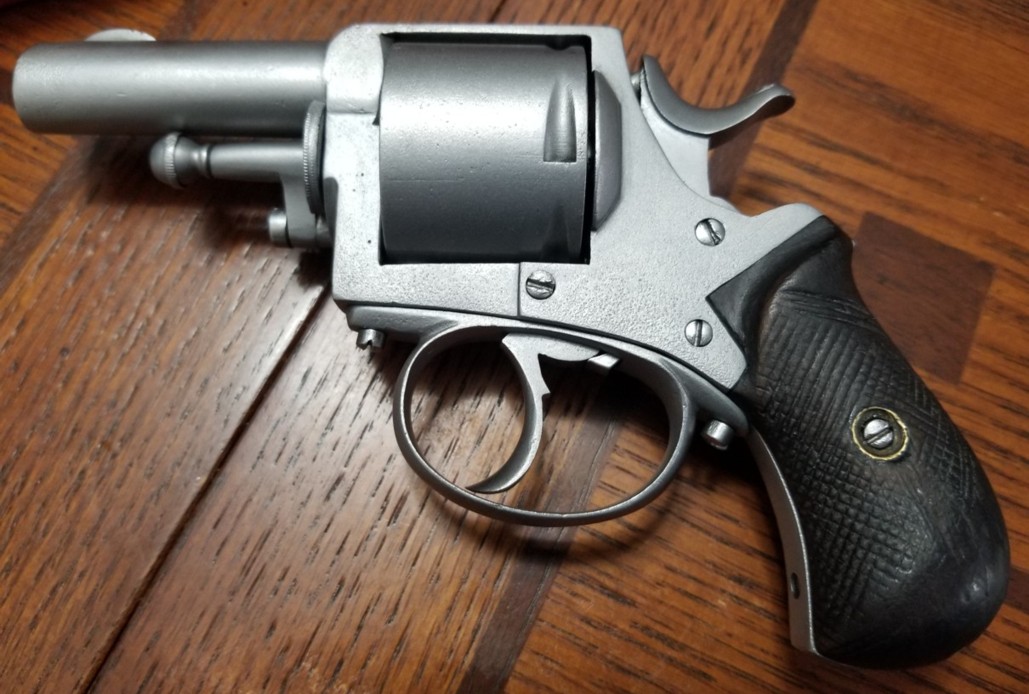
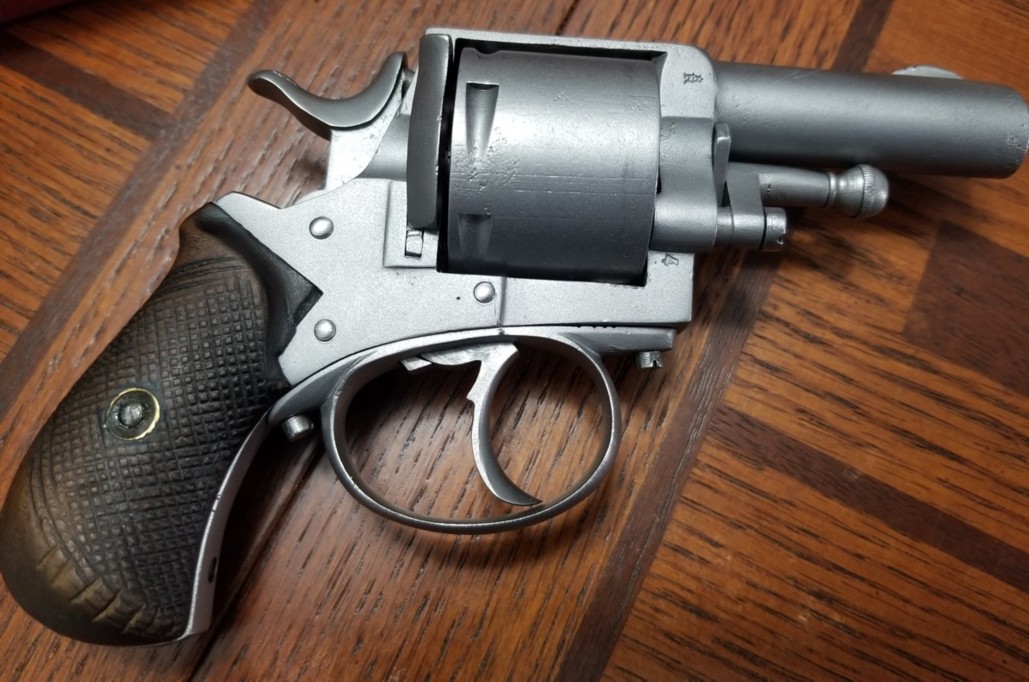
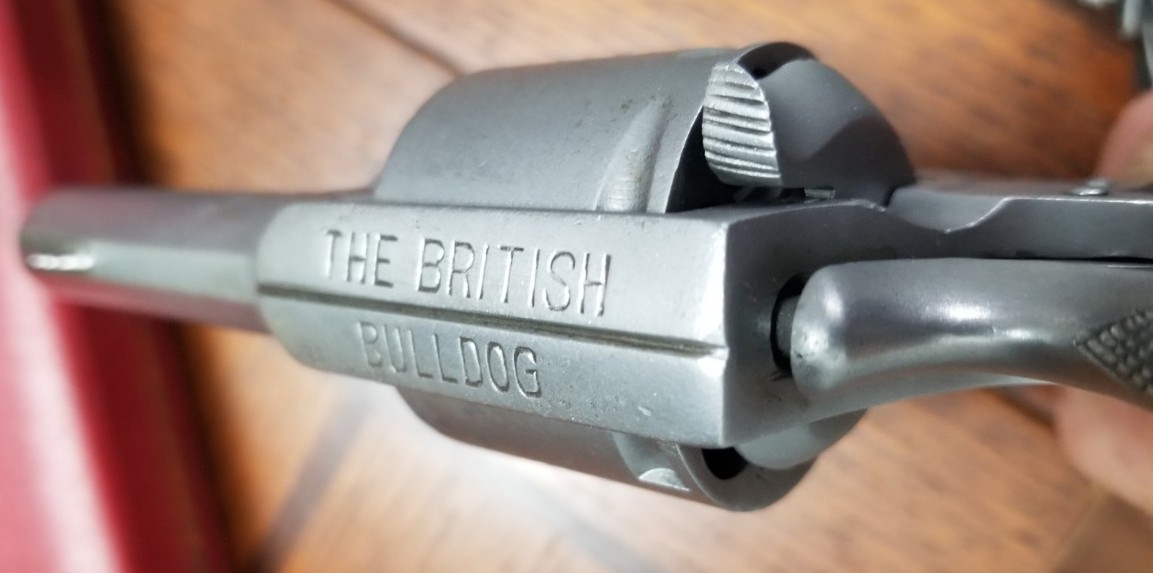
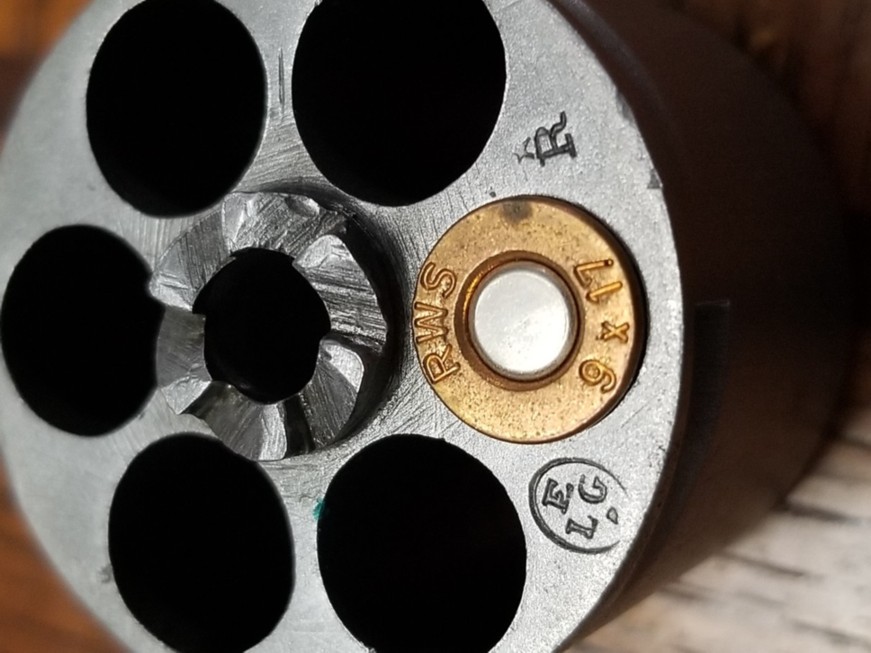
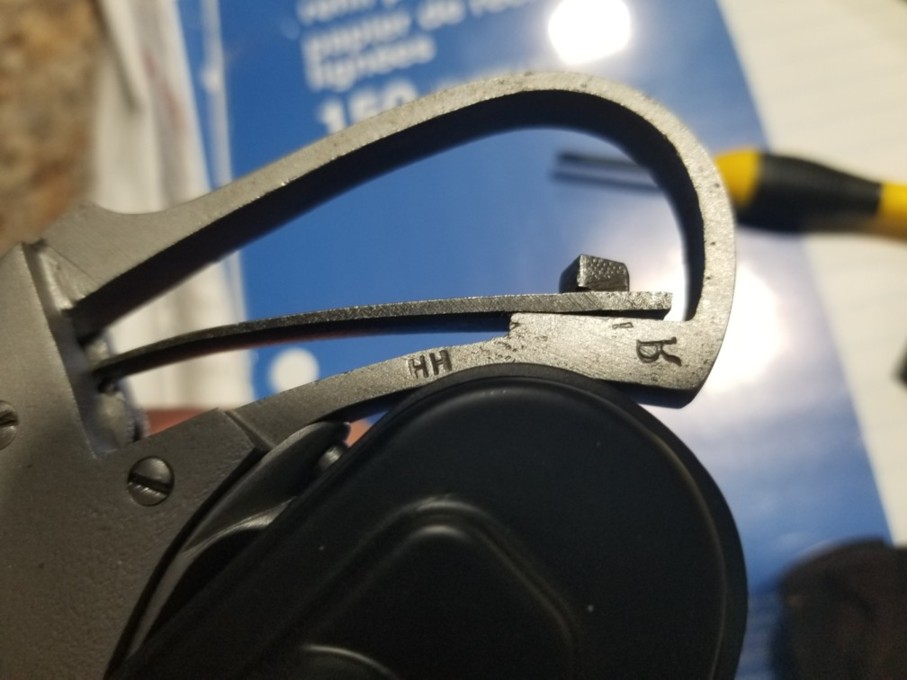
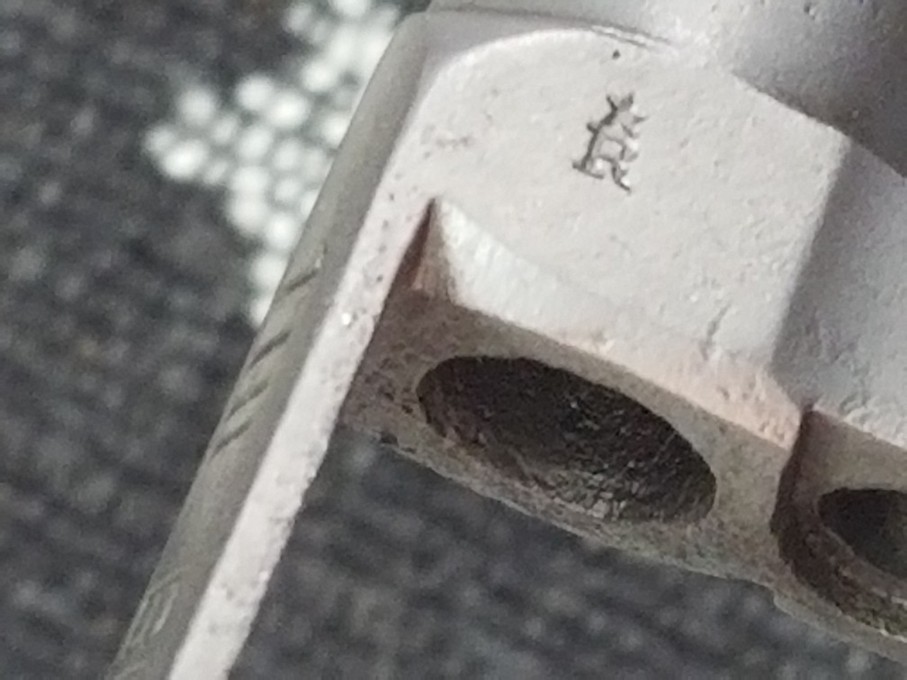
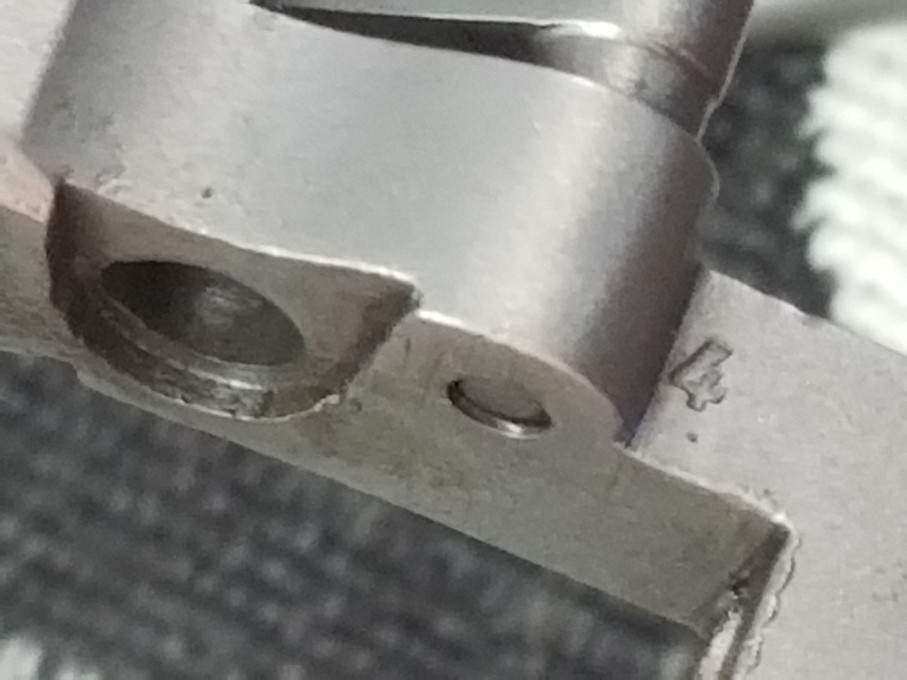
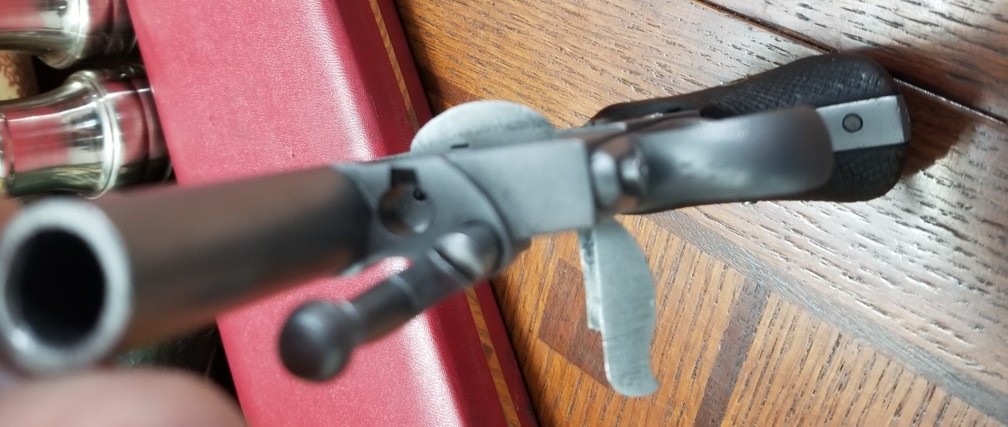
Mussen-Lallemand Jacques
It is
about a revolver of pocket of the hammerless type called “Bossu” (uneven) in
LIEGE. The rifled bore is short and round with a front sight in half-moon.
Calibre it was not communicated? The grooved cylinder with 5 or 6 blows (non
visible on photographs?). The articulated rod perhaps slipped in turn into each
room for unloading. The loading is practiced by the right side door. The grips
are out of wood (ebony or false-ebony?) smooth, linked by a central screw and
two rivet washers.
The
weapon carries the lawful punches of the proofhouse of LIEGE, that is to say:
ELG* in a
crowned oval:
final acceptance post 1893.
B*:
countermark of the controller, of use of 1877 to 1968.
R crowned:
rifled bore, of use of 1894 to 1968.
C crowned:
mark unknown, it does not belong to the proofhouse. It could be a question of a
mark of founder of barrel?
The
weapon also carries the following marks:
23 on the
cylinder:
number of the weapon.
M J Bte:
mark of manufacturer MUSSEN-LALLEMAND
Jacques, manufacturer of revolvers, street Pied of Thiers, 51 in LIEGE. It was
registered with the proofhouse of Liège of 1908 to 1914 then of 1919 to 1952. It
deposited 6 patents of 1907 to 1927. It manufactured a series of revolvers
hammerless under the mark IDEAL.
J.VAN
MALLE BRUXELLES:
arms manufacturer-retailer retailer of this weapon.
GG

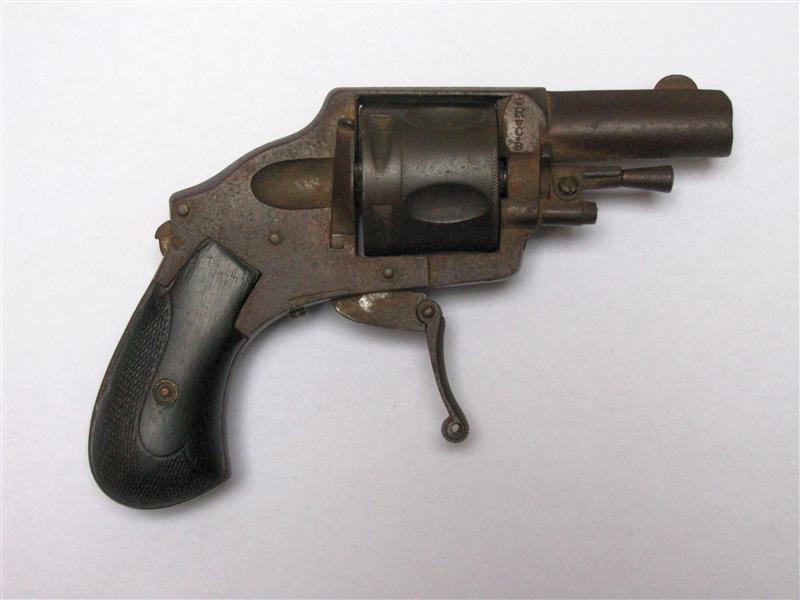
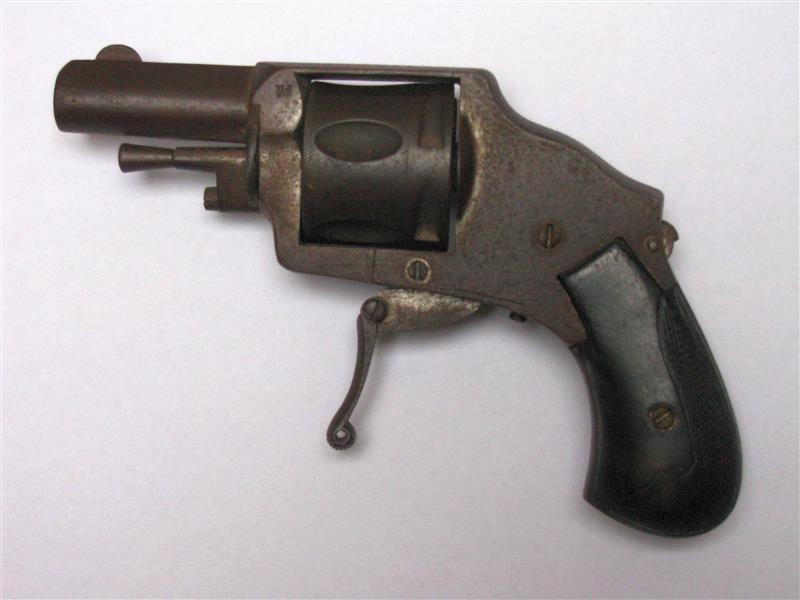
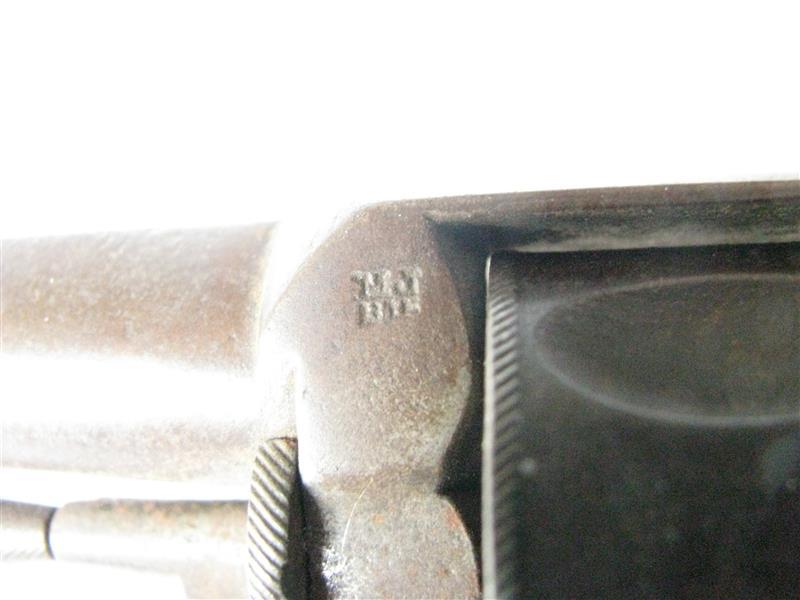
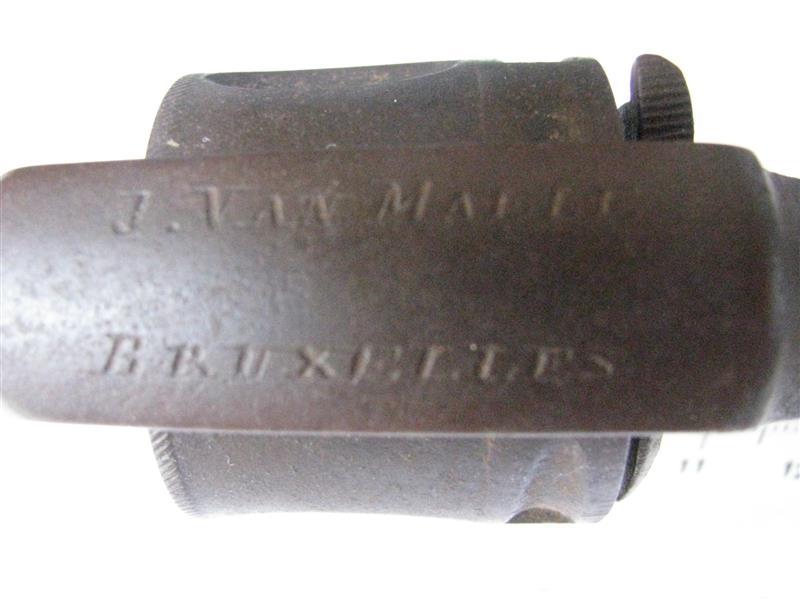
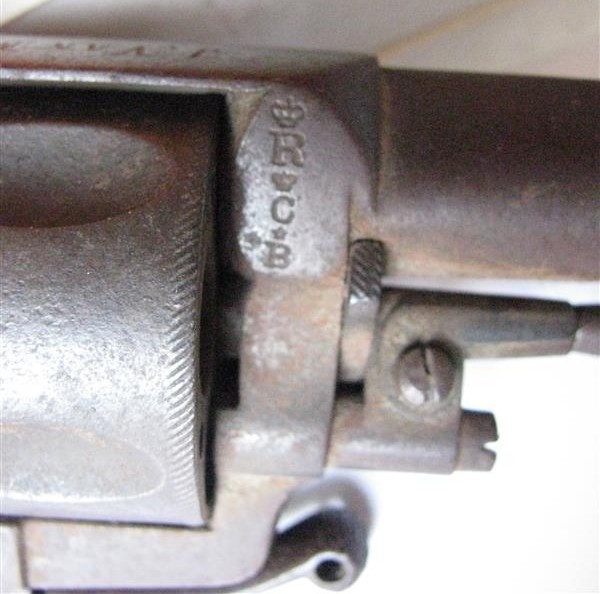
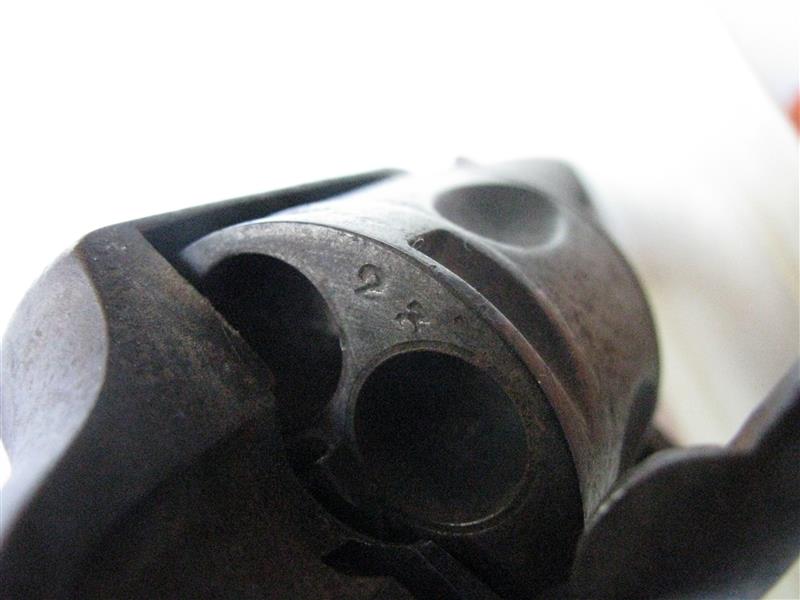
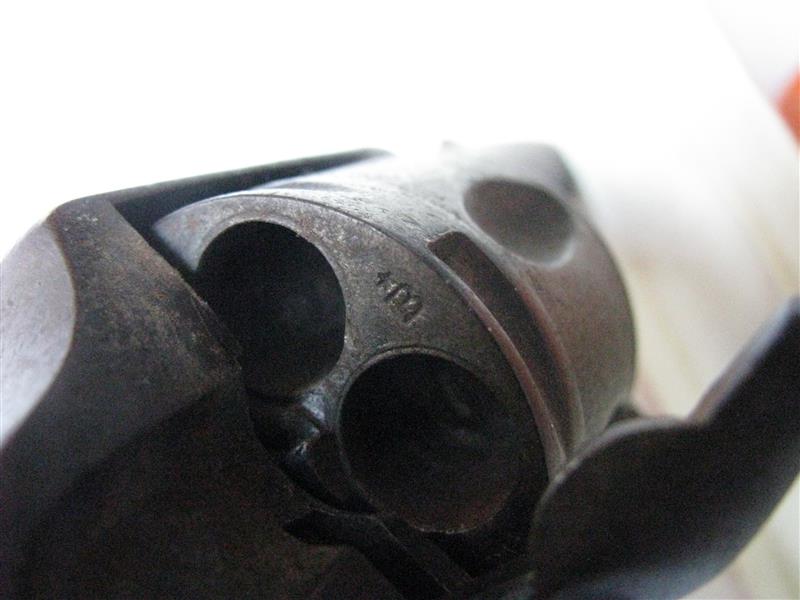
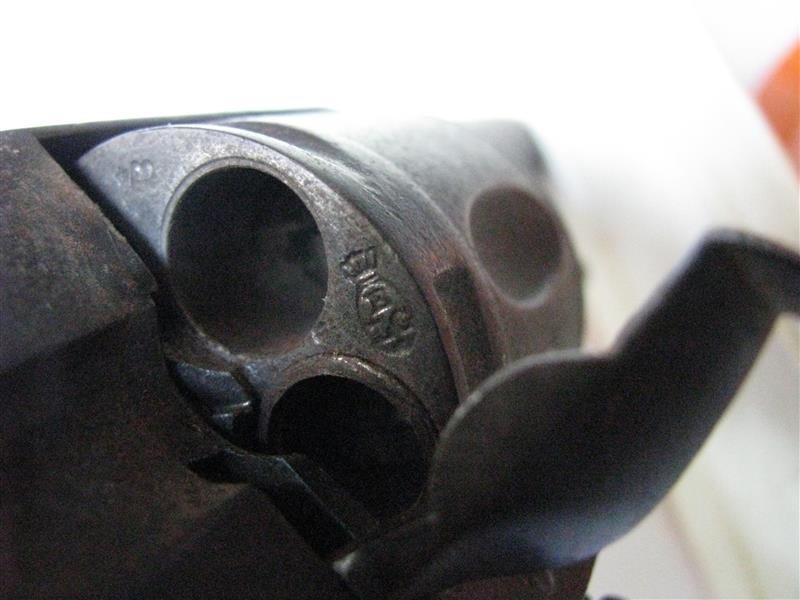
MUSSEN-LALLEMAND Jacques
Photos Litlegun
MUSSEN-LALLEMAND Jacques
It acts of MUSSEN-LALLEMAND Jacques, manufacturer of revolvers, street Pied du Thier, 51 in Liege (BE 1908/1914 then after war 1919/1952)
It deposits of 1907 to 1927 six Belgian patents whose safety for a revolver "IDEAL"
He made use of mark MJ Breveté and/or M in a horseshoe.
GG
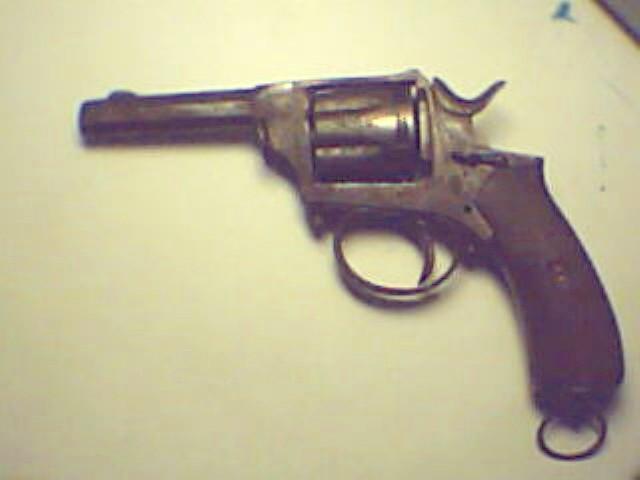
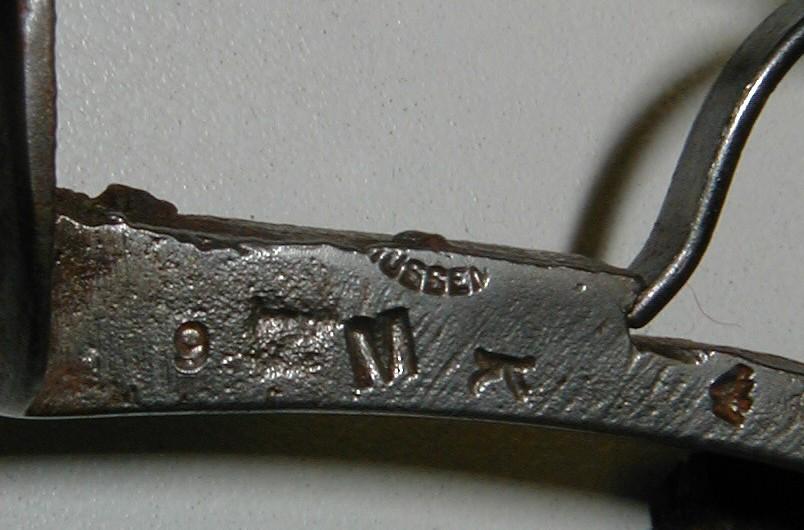
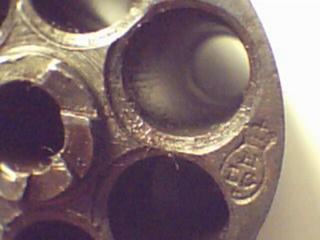

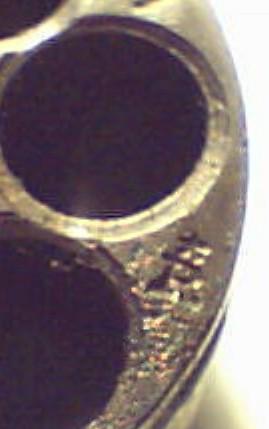

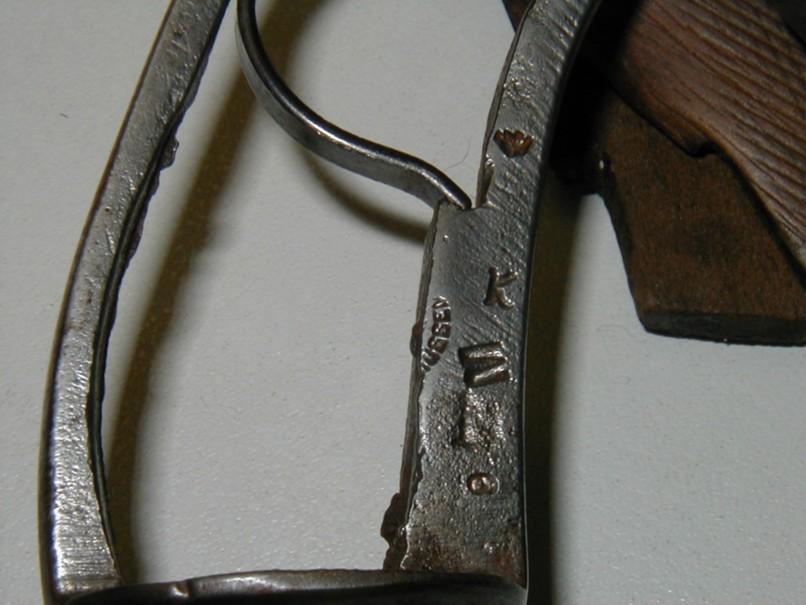
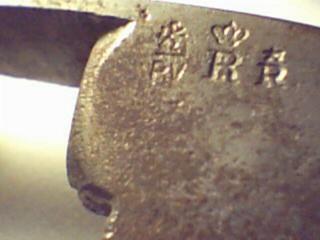
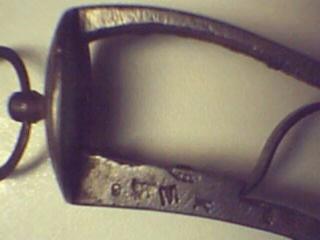
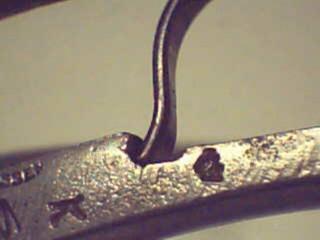
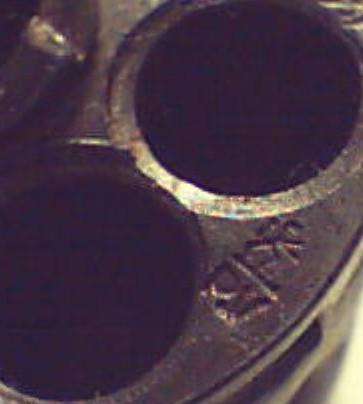
MUSSEN
It is about a revolver of pocket with folding trigger without trigger guard, the length of the cylinder indicates seems it a vélodog. The hammer is with ball with safety "IDEAL" which is an invention of MUSSEN-LALLEMAND already evoked on the site. The grips way ebony are squared.
GG
There are several patents MUSSEN for the safeties of revolver, deposited between 1907 and 1927. I do not have them unfortunately (still). "Idéal" safety goes back to 1908.
MD
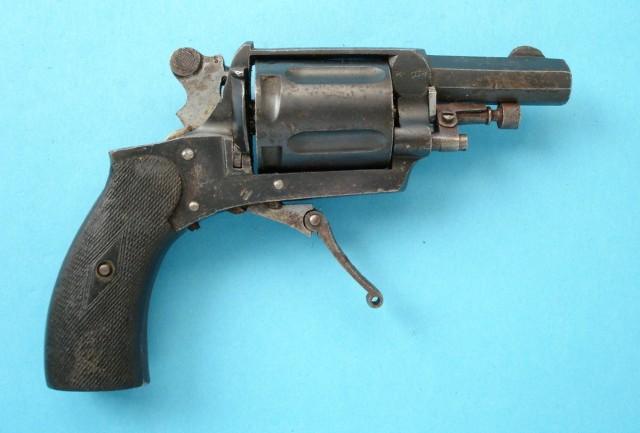
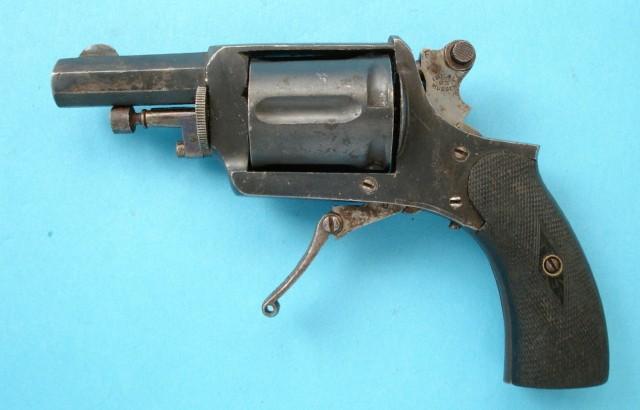
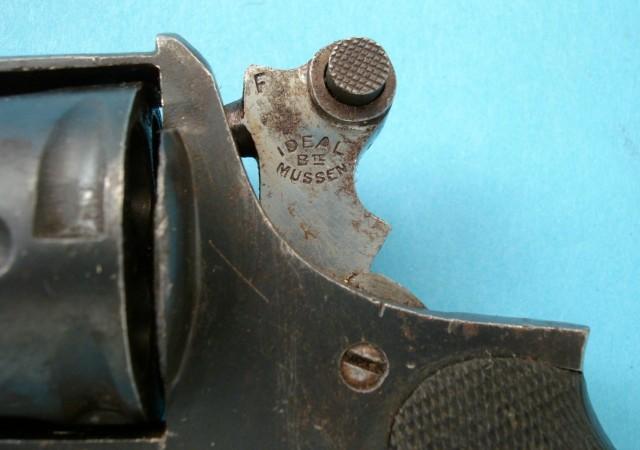
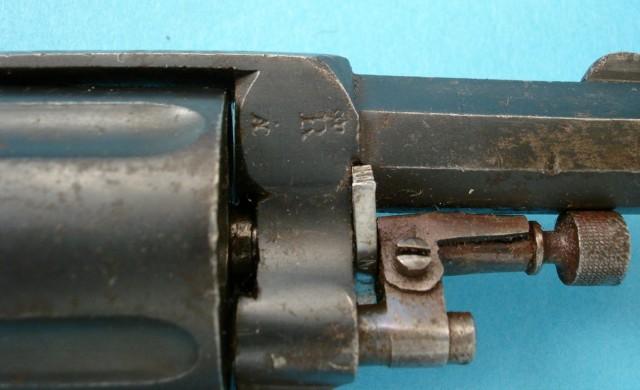
MJ Crowned
The weapon is a revolver of pocket of the type vélodog (long cylinder) the trigger without trigger guard is folding, the rod of extraction to beam; the loading is made by a side door on the right frame. The grips are out of ebony or false ebony.
The manufacturer could be MUSSEN-LALLEMAND, Jacques, manufacturer of revolvers, street Pied of Thiers, 51 in Liege.
He was registered with the proof house of Liège of 1908 to 1914 and 1919 to 1952.
He deposited 6 patents for the revolvers.
He made use in particular of marks MJ Breveté and a M in a horseshoe.
It is probable that MJ crowned mark is also his.
GG
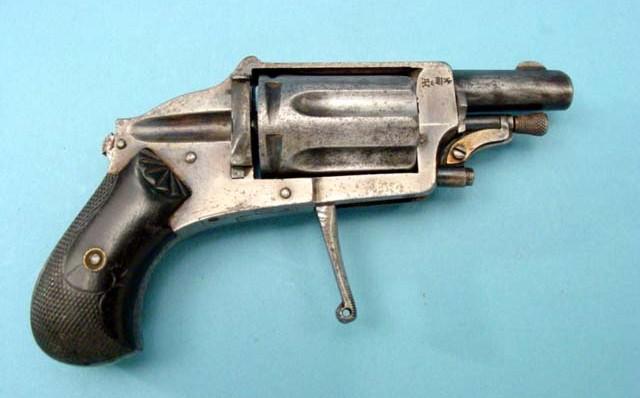
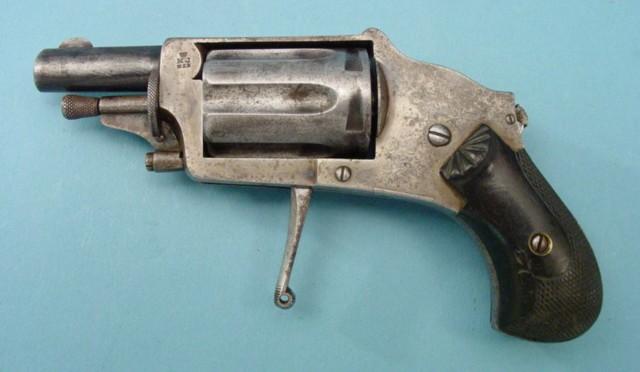


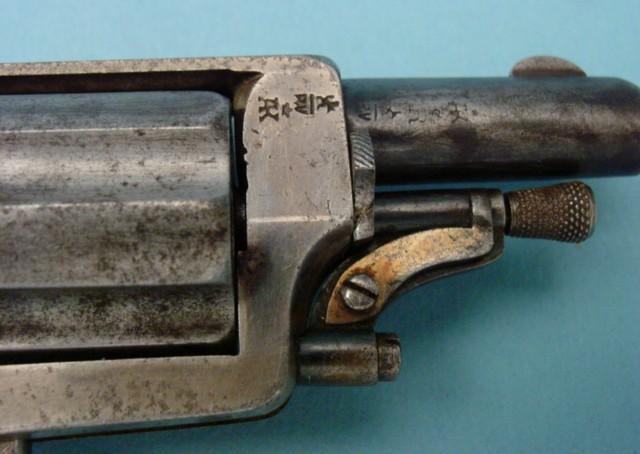
MUSSEN-LALLEMAND (Under all reserve)
It is large artillery for a weapon of pocket!
It is indeed about a very traditional BULLDOG R.I.C gauges of them 500 Webley with a punch of acceptance of the test of Liège 1846/1893.
Mark MJ could belong very well to MUSSEN-LALLEMAND but mark BRITISH BULL DOG challenges me because it is about a trade mark by WEBLEY & Son in BIRMINGHAM the 23.05.1881!!
Did MUSSEN-LALLEMAND work in subcontracting for WEBLEY? (That would explain mark MJ dissimulated under the plates of stick!)
It is a completely credible possibility and this although no document comes to attest some, because very few files of arms manufactory of Liège arrived to us.
GG
